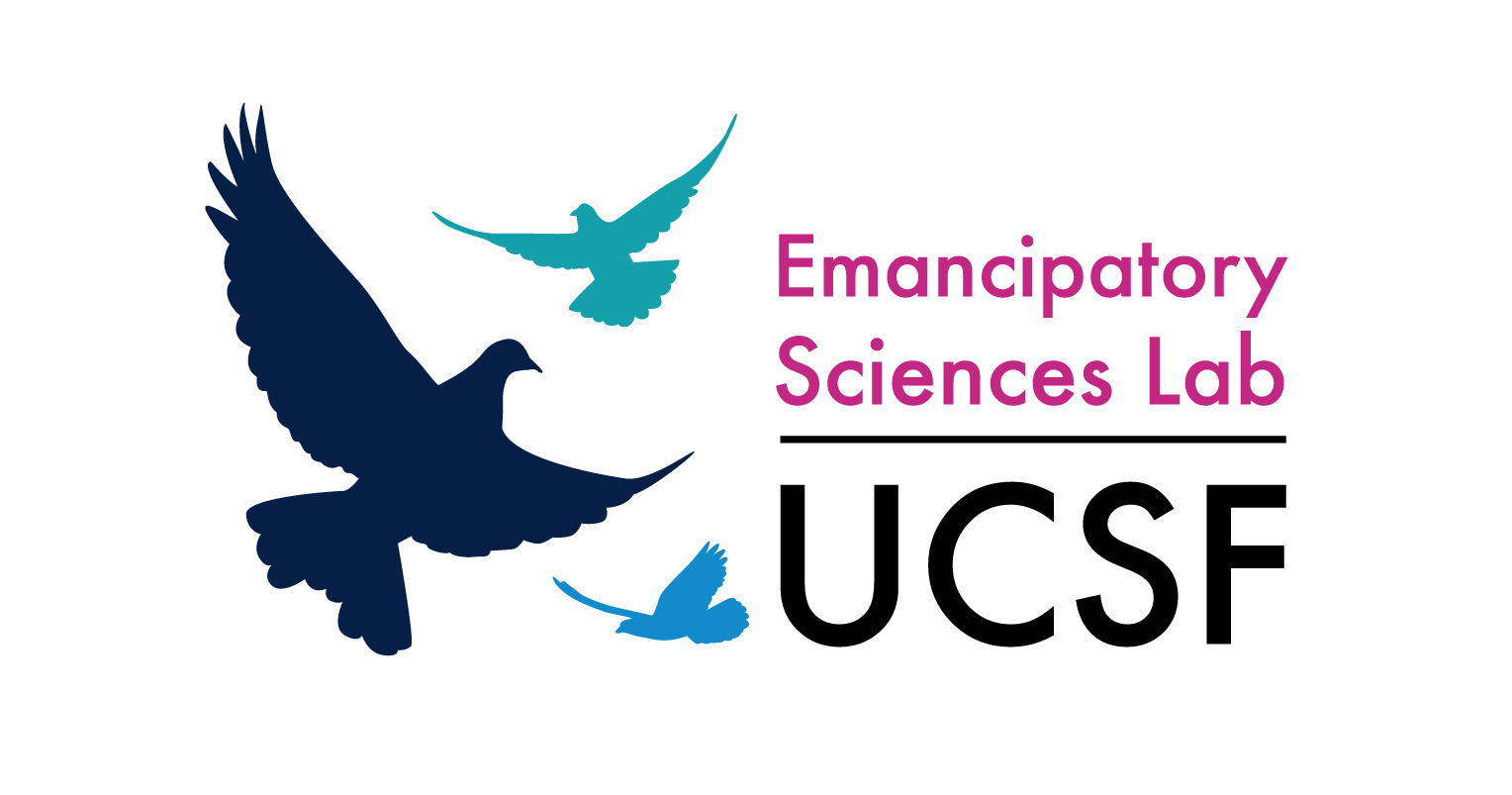| Title | Data-Driven Decision-Making in Adult Protective Services: Insights from the Identification, Services, and Outcomes (ISO) Matrix Implementation. |
| Publication Type | Journal Article |
| Year of Publication | 2025 |
| Authors | Yeh, J, Parks, R, Liu, P-J |
| Journal | J Aging Soc Policy |
| Pagination | 1-17 |
| Date Published | 2025 Jul 10 |
| ISSN | 1545-0821 |
| Abstract | Elder abuse and neglect affect approximately 10% of Americans over age 60, with incidences rising as the population ages. Outcomes depend on frontline Adult Protective Services (APS) professionals' interpretation and implementation of policies and protocols, with historical reliance on subjective judgment causing variation in case handling. APS faces growing challenges including increasing case volumes, insufficient funding, and inconsistent practices. Recent improvement efforts have focused on structured decision-making tools and data analytics like the Identification, Services, and Outcomes (ISO) Matrix, designed to integrate empirical data collection with practice. This qualitative study examined ISO Matrix implementation in two APS programs in a West Coast state, analyzing APS professionals' experiences through focus groups. The analysis revealed tensions during the transition to standardized, data-driven decision-making, including optimism about using data to secure funding, challenges balancing standardized practices with complex case realities, staff-developed workarounds, and technological pitfalls. Findings highlight the need for greater flexibility in standardized tools to accommodate nuanced decision-making and emphasize humanizing approaches to technological innovation. By incorporating insights from frontline APS professionals, informatics systems can simultaneously serve institutional objectives by balancing administrative burdens with client needs while preserving professional discretion and enhancing accountability in safeguarding vulnerable older adults from abuse. |
| DOI | 10.1080/08959420.2025.2528585 |
| Alternate Journal | J Aging Soc Policy |
| PubMed ID | 40637150 |
